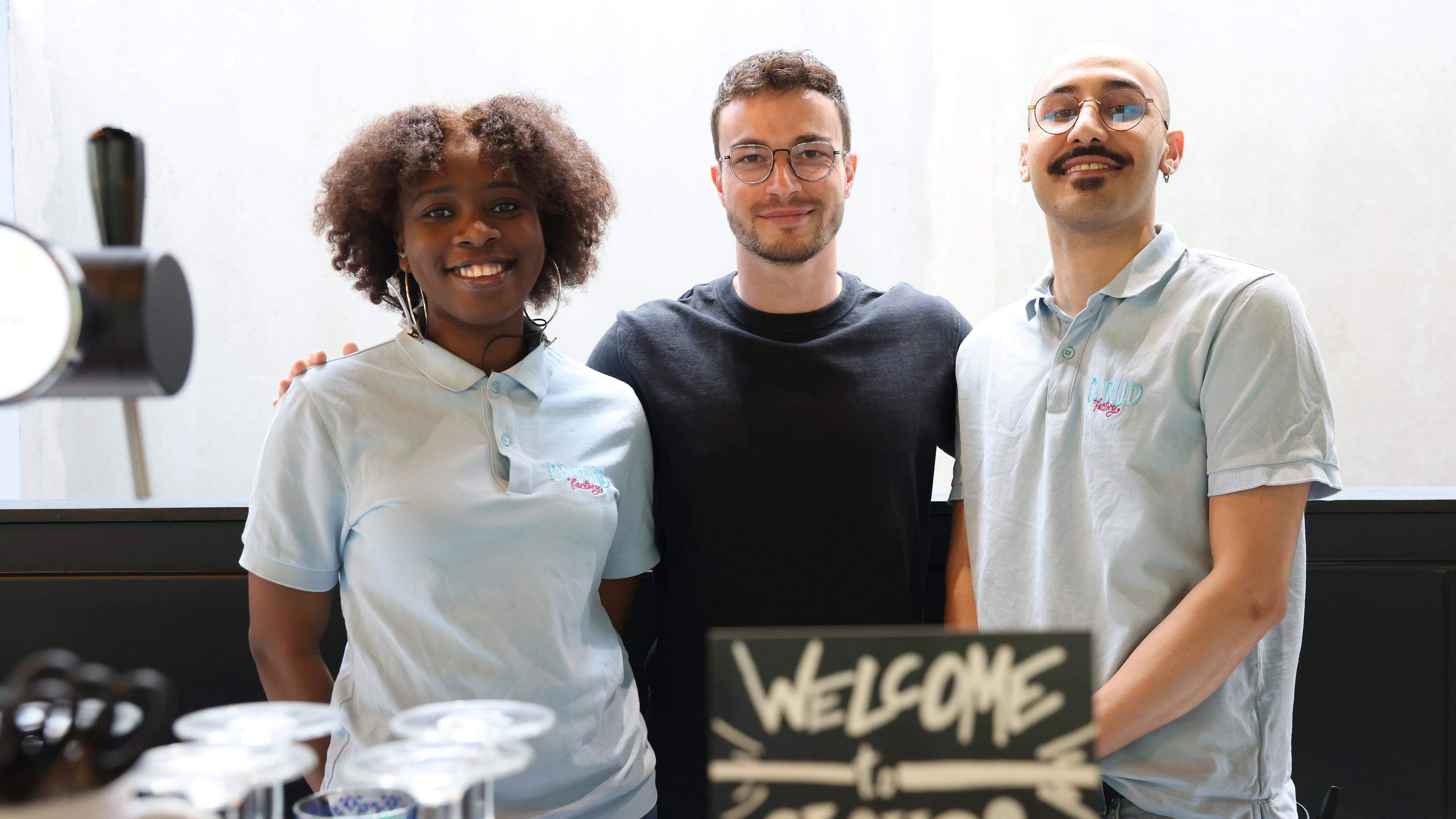What causes typical pops when you open a beety bottle of beer?
/s3/static.nrc.nl/wp-content/uploads/2025/03/27173215/data129915804-c3f551.jpg)
Our eastern neighbors have a good candidate for one this year IG-Nobel Prize: The price for serious scientific research with a big wink. Physicus Max Koch from the University of Göttingen, himself avid hobby brewer, decided to investigate a beer bottle with the very best cameras and sound equipment. The result he published with colleagues on March 18 in the scientific magazine Physics of Fluids.
Koch was curious about what exactly the typical sound causes from opening a so -called crushed bottle. That is such a beer bottle that closes with a white porcelain head, an orange -red rubber ring and a metal bracket that you open with your thumb. ‘Pwáp’, you will hear, followed by a hollow ‘Klók’.
Koch studied 7.33 liters of 0.33 liters with self -brewed ginger beer under a pressure of 2 to 5 bar: normal values in the beer world. That overpressure is caused by the carbon dioxide that accumulates in the drink due to the fermentation process, but cannot escape as long as the cap is on it. As soon as the pressure is lost, bubbles of carbon dioxide occur in the liquid, which rise and let the drink stimulate and foam.
« Although a lot has already been published about the physics of carbonated drinks, » according to the article, « for example about the formation, movement and cracking of the bubbles, no research has yet been done into the sound waves caused by opening. » Koch therefore went to work himself. He filmed the opening of the offense bottle with cameras that make up to 16,800 images per second. His sound equipment even took sounds where up to 100 kHz – much higher than the upper limit of hearing.
The ‘PWáp’ you hearis not a single shock golf, he discovered, but a persistent tone, albeit a very short one. That tone is caused by the sudden expansion of the gas in the bottleneck. During this so -called adiabatic expansion, the gas cools down to 50 degrees Celsius below zero. In the narrow neck, that super fast expansion yields a special sound phenomenon: a standing wave. That is a wave that does not move, but stands still, where there are points that do not vibrate (buttons) and points that vibrate maximum (belly). With a string you can easily imagine that, but in an air compartment it is also possible. Koch calculated that in a computer simulation, but also saw it on the film images of the vibrations of the vapor.
The sound wave remains ‘standing’ about 70 milliseconds in the bottleneck. That tone – the ‘pwáp’ – touches the 120 decibels: just as loud as an aircraft engine at one meter distance. Around our pain threshold. « Fortunately that happens very briefly and in the bottleneck, » Koch explains in an e-mail. « That is why you do not experience it so loudly. With a crown cork, this sound does not arise: it distorts during opening, which reduces the pressure more gradually. With a champagne bottle you hear it, even stronger, because the pressure is higher. »
After the ‘pwáp’ a hollow ‘clock’ follows. That is simply a beer wave that splashes against the wall, because of the movement of the bottle.
Is Koch’s research also useful somewhere ..? Of course. « This was a nice way to test our simulation software. » And, according to the hobby brewer: « The direct usefulness would be that you can form bottles in such a way that every brewery gets its own sound. Of course, that you have a good topic topic at the table. »

/s3/static.nrc.nl/images/gn4/stripped/data133306951-418567.jpg|https://images.nrc.nl/Aqhex4vuXDkTG2ibAuxQ999h3pQ=/1920x/filters:no_upscale()/s3/static.nrc.nl/images/gn4/stripped/data133306951-418567.jpg|https://images.nrc.nl/IUxmNDWQ6SsEQ92WXa797HqINn0=/5760x/filters:no_upscale()/s3/static.nrc.nl/images/gn4/stripped/data133306951-418567.jpg)
/s3/static.nrc.nl/images/gn4/data133314127-765aec.jpg)
:format(webp)/s3/static.nrc.nl/wp-content/uploads/2025/06/05163439/data133217982-f902a2.jpg)




